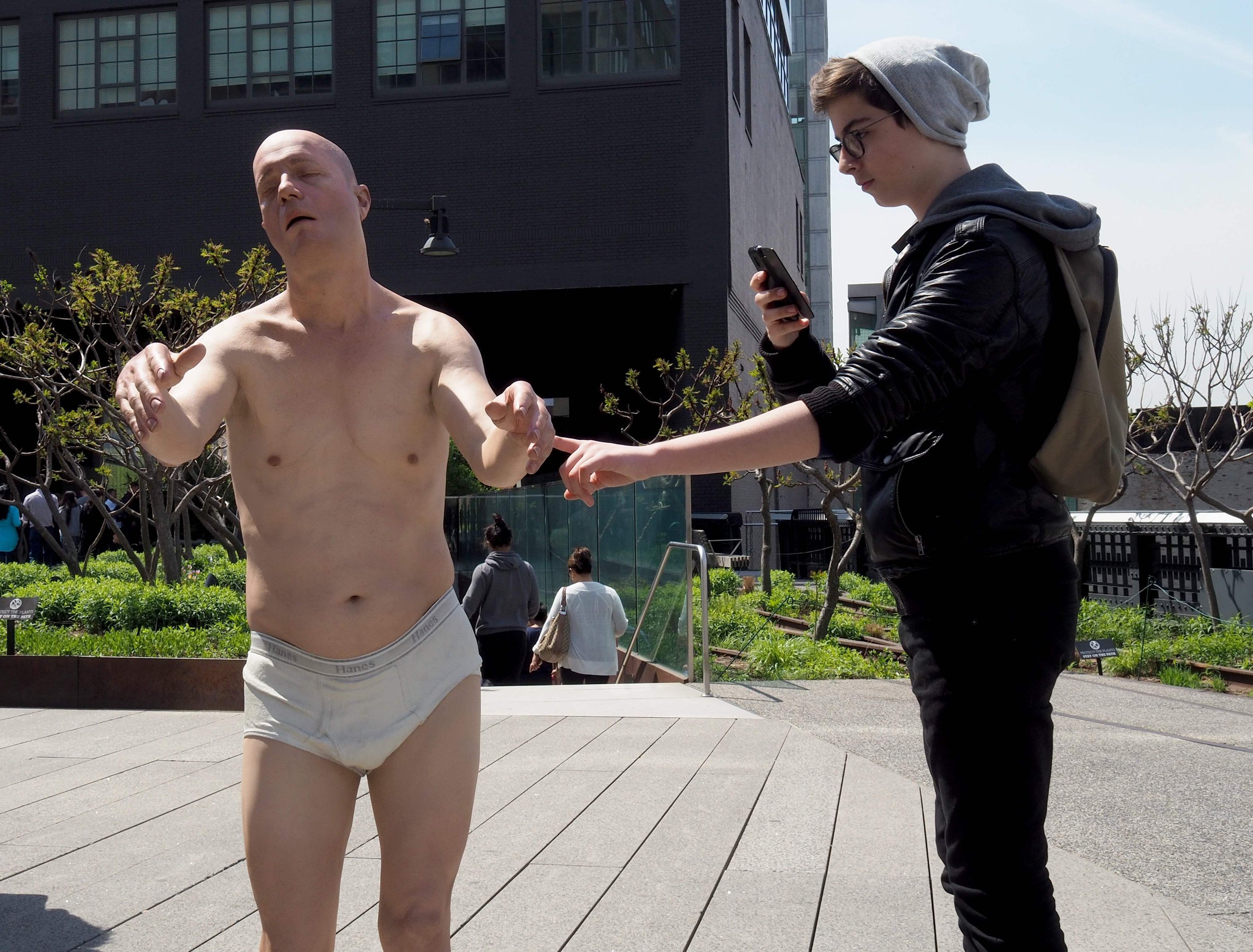Deep Sleep Secrets: 5 Evidence-Based Techniques from Dr. Mark Kohler
Deep Sleep Secrets: 7 Evidence-Based Techniques from Dr. Mark Kohler
"Sleepwalker" – Tony Matelli (2014)
Deep Thinking with Dr. Steven Stolz, explored the fascinating world of sleep science with renowned neuroscientist Dr. Mark Kohler. Our conversation uncovered the crucial role quality sleep plays in cognitive performance, emotional regulation, and overall health.
For those struggling with sleep issues—and research suggests that's 30-45% of adults—Dr. Kohler shared several evidence-based techniques that can significantly improve both sleep quality and quantity. Below, we've distilled five of the most powerful, research-backed strategies from our discussion.
1. Optimize Your Sleep Environment
The research is clear: environmental factors significantly impact sleep quality. Dr. Kohler emphasized three key elements:
Temperature: Studies show the optimal sleep temperature is between 18-20°C (65-68°F). Our body temperature naturally drops during sleep, and a cooler room facilitates this process.
Light: Even minimal light exposure can suppress melatonin production. Dr. Kohler recommends:
Blackout curtains or an eye mask
Removing or covering LED lights from electronics
Using amber or red nightlights if necessary (these wavelengths minimally impact melatonin)
Sound: Background noise can disrupt sleep architecture even without waking you completely. Consider:
White noise machines to mask environmental sounds
Acoustic treatments like rugs, curtains, and soft furnishings
Earplugs with a noise reduction rating of at least 30dB
Timestamp: 00:49:24-00:51:30
2. Establish a Consistent Sleep-Wake Schedule
Dr. Kohler highlighted research showing that irregular sleep schedules are associated with:
Poorer academic performance in students
Increased risk of metabolic disorders
Higher levels of inflammatory markers
The key finding: consistency matters more than occasional perfect nights. Getting up at the same time every day—even weekends—anchors your circadian rhythm and improves sleep quality over time.
Pro tip from Dr. Kohler: If you're trying to shift your schedule earlier, use morning light exposure (ideally natural sunlight) within 30-60 minutes of waking. This powerfully resets your circadian clock.
Timestamp: 00:40:15-00:43:42
3. Master the 20-Minute Rule
Dr. Kohler explained that lingering in bed while awake creates an unhealthy association between your bed and wakefulness. Instead, follow this evidence-based protocol from cognitive behavioral therapy for insomnia (CBT-I):
If you haven't fallen asleep within roughly 20 minutes, get up and leave the bedroom
Go to another room and do something relaxing but not overly stimulating (reading, gentle stretching, listening to calm music)
Use dim, warm lighting only
Return to bed only when you feel sleepy (not just tired)
Repeat as necessary
This technique breaks the cycle of performance anxiety around sleep and strengthens the bed-sleep connection.
Timestamp: 00:49:24-00:55:11
4. Create a Buffer Zone Before Bed
Dr. Kohler shared research showing that pre-sleep activities significantly impact both sleep latency and architecture. He recommends creating a 30-60 minute buffer zone with:
Consistent routine: Following the same sequence of activities creates powerful behavioral cues for sleep readiness.
Cognitive download: Journaling unfinished thoughts or making a to-do list for tomorrow reduces rumination and "mental load."
Temperature manipulation: A warm bath or shower 1-2 hours before bed enhances the natural drop in core body temperature that triggers sleepiness.
Non-stimulating activities: Reading physical books (not devices), gentle stretching, or listening to calming music activates parasympathetic nervous system responses.
Timestamp: 00:49:24-00:55:11
5. The Nap Sweet Spot
For those who nap, Dr. Kohler offered precise guidance based on recent research:
Optimal duration: 10-20 minutes ("power nap") or 90 minutes (full sleep cycle)
Avoid: 30-60 minute naps, which often result in sleep inertia (grogginess)
Timing: Before 3pm to avoid interference with nighttime sleep
Environment: Dark, cool, and quiet—treat it like miniature nighttime sleep
Timestamp: 00:58:03-01:03:38
When to Seek Professional Help
Dr. Kohler emphasized that while these techniques can help many people, persistent sleep issues may indicate underlying sleep disorders requiring medical intervention.
Consider consulting a sleep specialist if you:
Regularly feel excessively sleepy during the day despite adequate time in bed
Have been told you snore loudly, gasp, or stop breathing during sleep
Experience uncomfortable sensations in your legs that improve with movement
Find that sleep difficulties significantly impact your daily functioning
Share Your Experience
Have you tried any of these techniques? Which strategies have worked best for improving your sleep? Share your experience in the comments below.
Dr. Steven Stolz is an educator, philosopher, and academic at the University of Adelaide. His podcast, "Deep Thinking with Dr. Steven Stolz," bridges academic insights with practical wisdom, exploring both personal wellbeing and contemporary issues in education and society. New episodes release fortnightly on major podcast platforms.
Subscribe: Apple Podcasts | Spotify | YouTube | Amazon Podcasts

